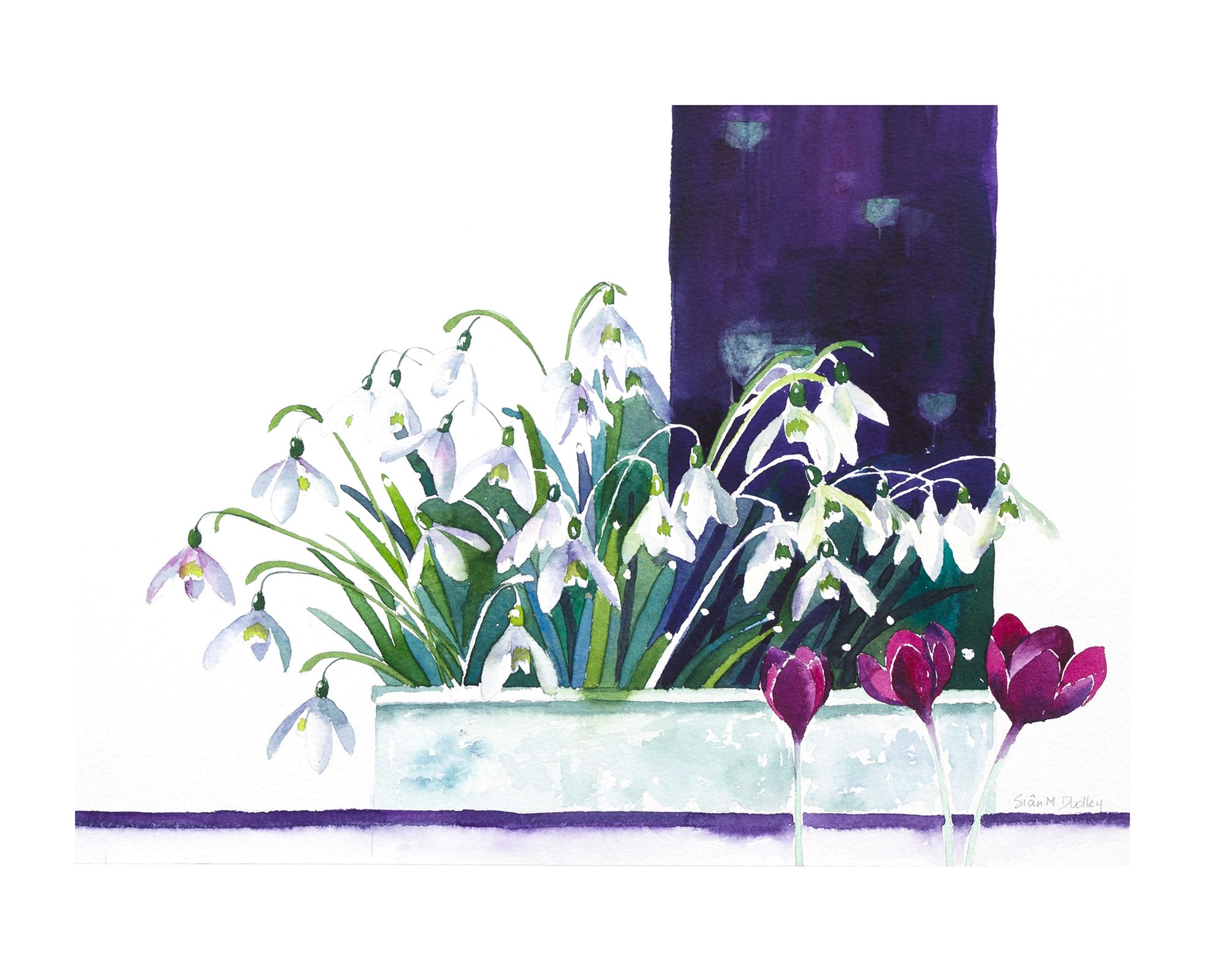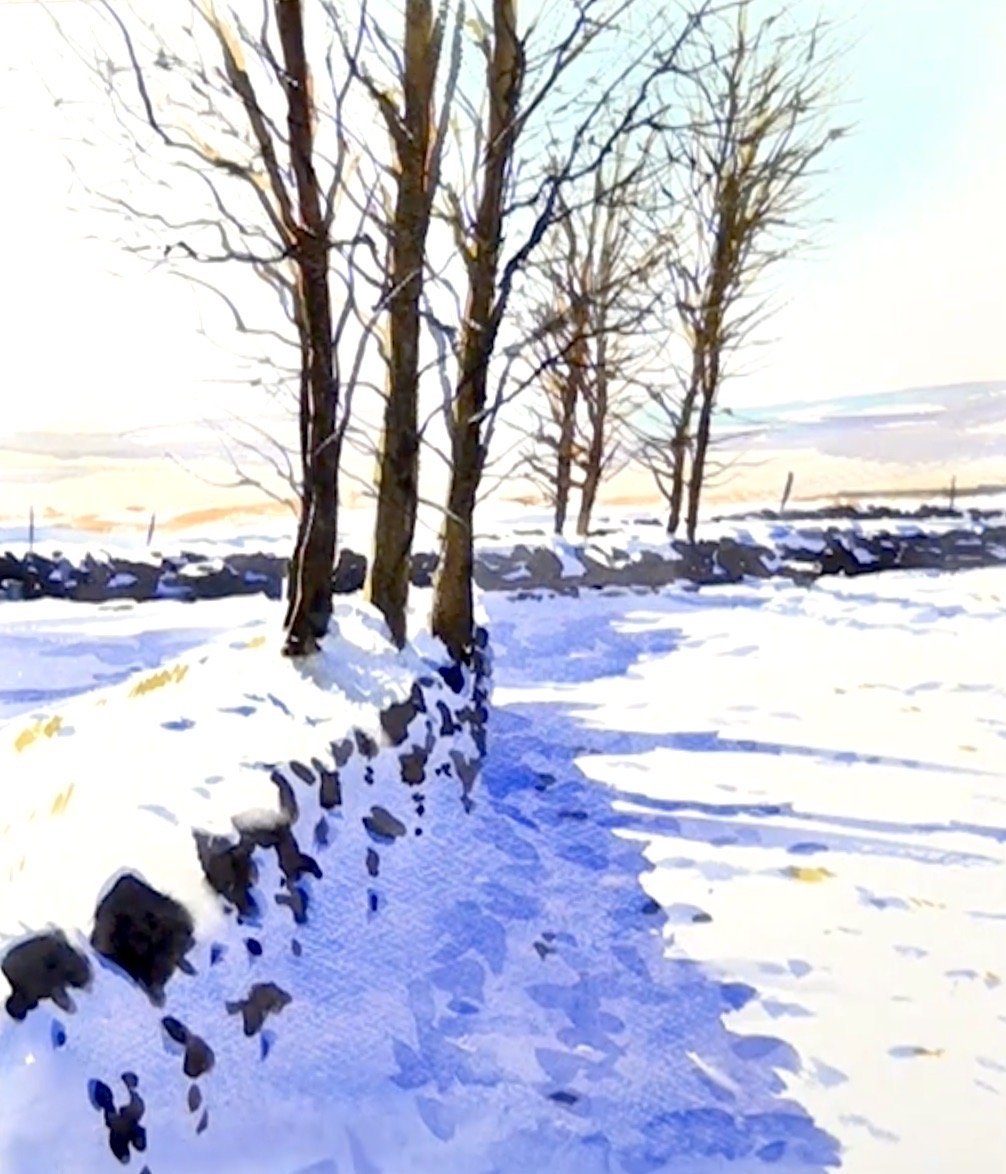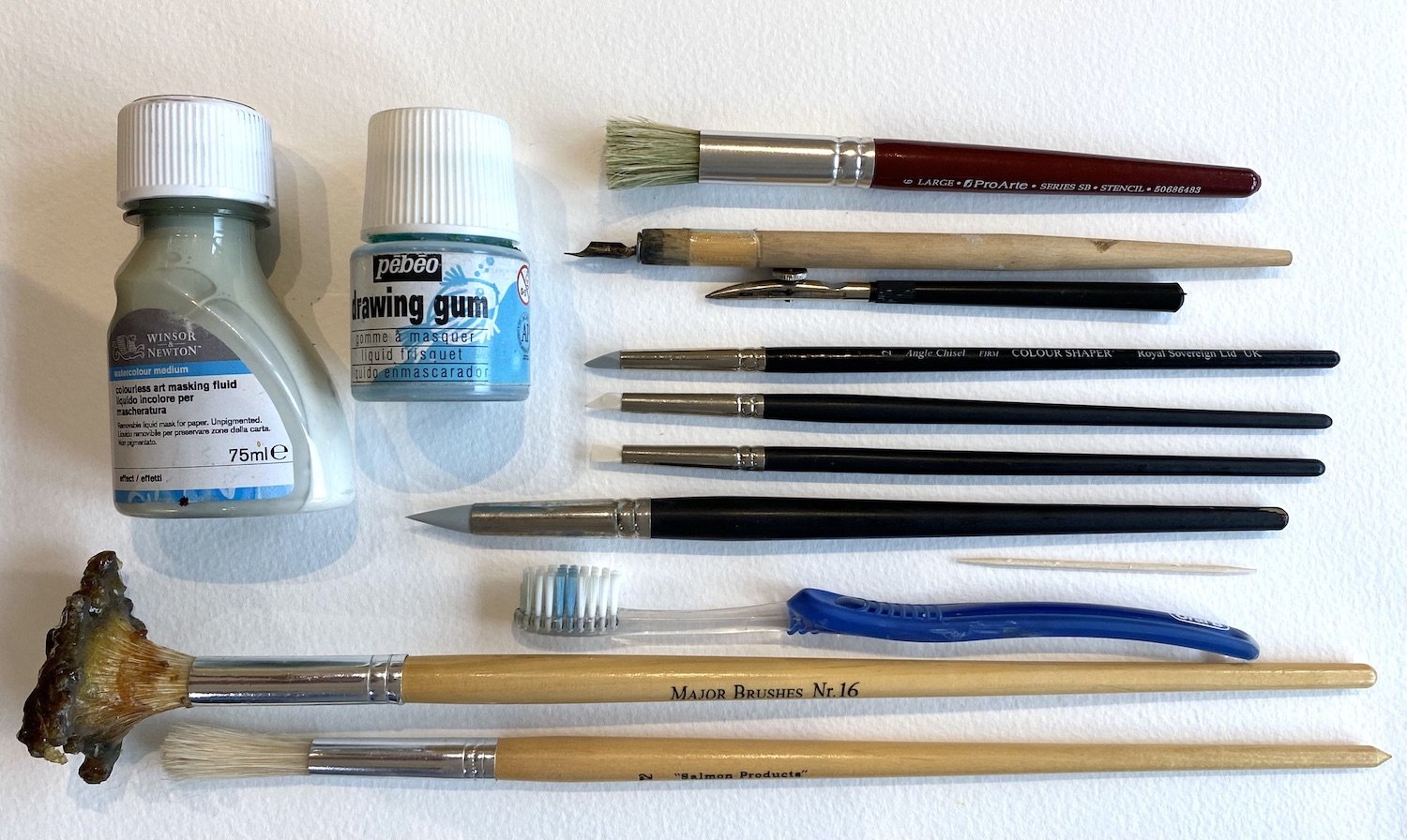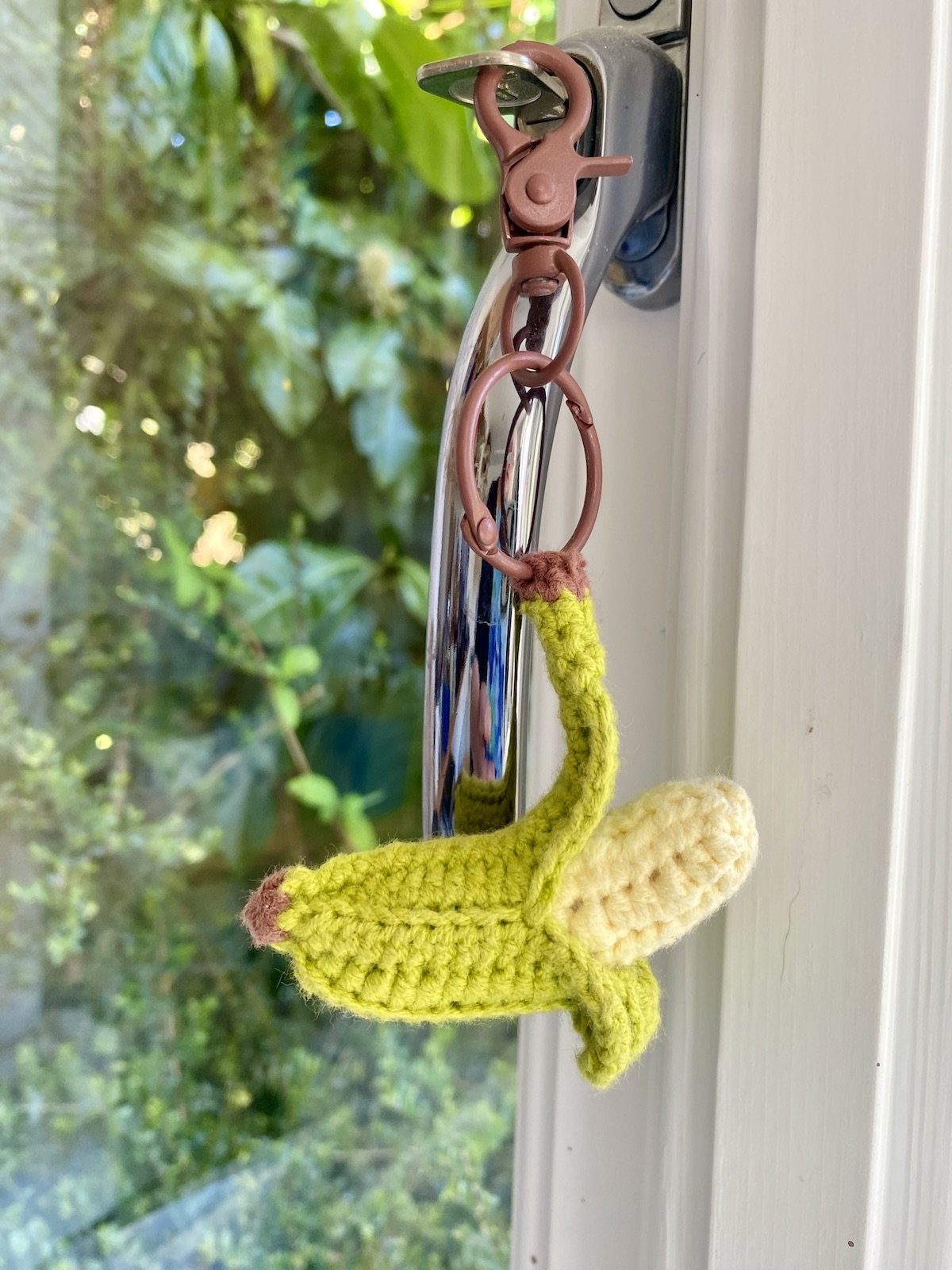tutorial videos
Are you new to watercolour and looking for some help?
Are you more experienced, but looking for fresh ideas or to learn new techniques?
Would you appreciate being able to learn at your own speed, in the comfort of your own home?
Our online video tutorials might be just what you have been looking for!
Our videos were produced during our collaboration with Art Tutor, an excellent art tutorial site that is sadly no longer available. While we miss working alongside them, the high-quality, engaging content shared in those videos remains a treasured resource for any aspiring artist. We are delighted now to be able to offer these videos through Moor to Sea Arts!
As qualified and experienced teachers, we believe in sharing our passion and knowledge, ensuring you not only learn the techniques but also understand the underlying principles behind each design decision and brushstroke. We focus on making your artistic journey enjoyable, so you’ll always feel encouraged and inspired. Whether you are a complete beginner or a more experienced artist, we truly hope that you will find a wealth of useful information that inspires you.
Our studio setup was nothing short of impressive, featuring four cameras that provided an exceptionally clear view of both our painting process and techniques. Each video captures the nuances of our techniques, allowing you to follow along easily and apply what you've learned to your own artwork.
We begin with a selection of our videos that we hope you will enjoy, and intend to add to the library as we go forward. In addition to the videos themselves, you will find useful notes and reference materials that enhance your learning experience. These resources are designed to provide additional context and support for the techniques demonstrated, ensuring that you can apply what you’ve learned effectively to the subjects that inspire you most.
Join us as we continue to share our experience and enthusiasm for painting through these valuable video tutorials.
It’s time to unlock your artistic potential and enjoy the process of creating beautiful artwork!
Rob explains what masking fluid is and why he uses it.
1 A camera set directly in front of us so that we could talk directly to you.
Rob adds figures to a watercolour beach scene
2 A camera set directly above the work so that a crisp, clear image of the painting could be filmed as it developed.
Rob demonstrates adding fine branches to trees using a rigger.
3 Another camera giving a side view of the work so that you can see the angle at which we are holding the brushes and their movement across the paper
Siân demonstrating how to mix watercolour paint in a palette.
4 A fourth set up over our palettes so that you can watch the paint being mixed.
Are you ready to enjoy our tutorial videos?
Sign up to subscribe to the tutorials.
Already a subscriber?
Sign in to your Account to access the tutorials.
PREVIEW
There are all sorts of reasons for painting. Perhaps the most important for me is it just makes me happy. I really enjoy the doing of it; there’s nothing quite like watching colours blend, or watching textures and effects develop as the paint dries. Yes, watching paint dry is a worthwhile occupation, and don’t let anyone tell you otherwise!
On a train journey recently I found myself sitting opposite a student who was happily crocheting a banana. It was the most delightful little thing! We struck up a conversation, and she explained that in her first language the word for ‘banana’ and ‘anxiety’ are written differently, but pronounced the same. For her peeling a banana reminded her to set her anxiety aside, which made her happy. Zipei Li then made it into a keyring, which she gave to me, which made me very happy. It hangs in my studio and always makes me smile.
This helped me decide on which video to post as a preview. I don’t know why you might want to paint a banana, but I hope it makes you happy!
banana
‘Banana’ was one tutorial in a series of still life tutorials, which started with individual subjects before building up to full still life paintings.
Run time 16minutes
Tips and Techniques covered:
The encouragement of careful observation
Painting shadows in yellow using the grisaille method
Mixing colour in the palette
Mixing colour by using glazing ( or layering) techniques
Tips for edges hard or soft, and techniques for achieving them.
The importance of waiting for paint to dry!
Materials :
Artist quality paints:
Burnt umber
New gamboge (hue)
Raw sienna
Ultramarine blue
Da Vinci size 4, series 35 (posted round)
Bockingford NOT 140lbs (stretched)
This video was one of a series of videos in a course on painting still life.










